All Science
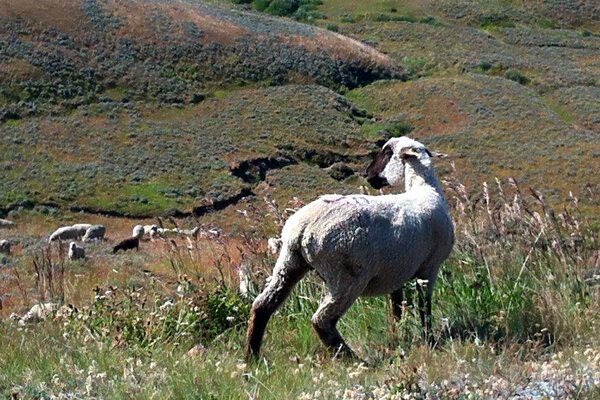 Mysterious gaping crack opens up in Wyoming's Bighorn Mountains
Mysterious gaping crack opens up in Wyoming's Bighorn MountainsThe huge crack that suddenly appeared in Wyoming has stirred curiosity, but there is a scientific explanation.
 First LookSee NASA's sneak preview reel of photos from Enceladus flyby
First LookSee NASA's sneak preview reel of photos from Enceladus flybyThe fully processed images Cassini's flyby took of the icy moon on Wednesday won't be available until 2016. But NASA has released a suite of raw images.
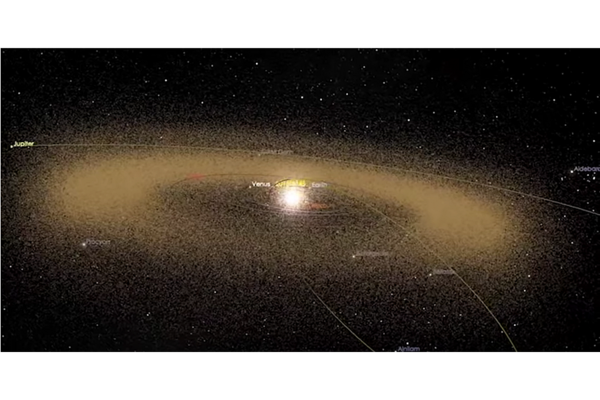 Halloween asteroid TB145 weird, but not 'spooky,' says NASA
Halloween asteroid TB145 weird, but not 'spooky,' says NASAWhat do we know about the asteroid due to fly by Earth on Saturday?
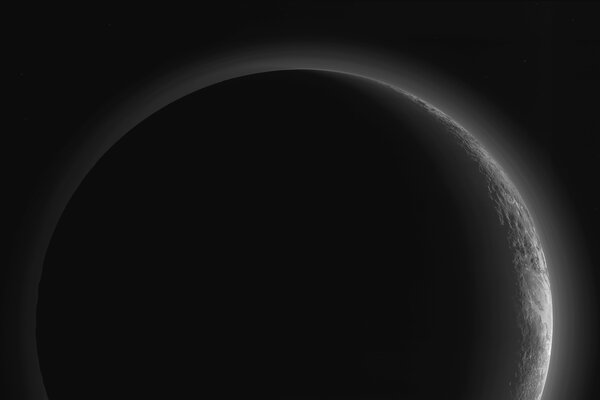 First LookBrilliant planetary halo: Behold, Pluto bathed in ring of resplendent light
First LookBrilliant planetary halo: Behold, Pluto bathed in ring of resplendent lightThe September image of Pluto's crescent beamed to Earth pales in comparison to the brilliant photo that showed up this week.
 Are emissions pledges enough to halt climate change? Not yet, says UN
Are emissions pledges enough to halt climate change? Not yet, says UNParis climate talks are looming and some governments have pledged to cut greenhouse gas emissions. But that might not be enough of a change, says UN climate chief.
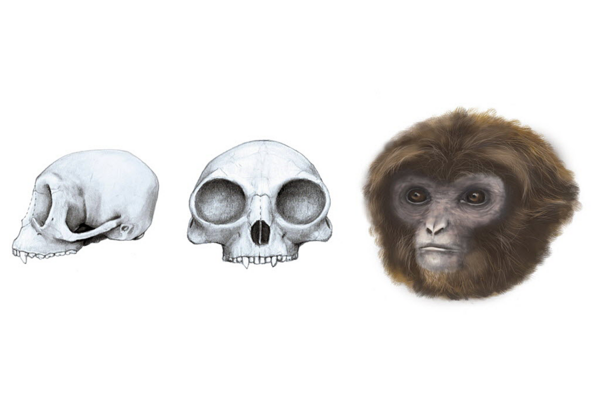 Was the common ancestor of all apes actually petite?
Was the common ancestor of all apes actually petite?A primate fossil unearthed in Spain could change evolutionary history. The 11.6 million-year-old partial skeleton represents a new species that could hold insights into the last common ancestor of all apes – a group that includes humans.
 How much did Amazonian natives mess with the rainforest?
How much did Amazonian natives mess with the rainforest?Pre-Columbian residents of the Amazon basin left their mark where they lived, mainly near rivers, but had little impact in the vast spaces between rivers – knowledge that could shape modern policy around Amazonian deforestation today.
 Historic NASA rover found in Alabama scrap yard
Historic NASA rover found in Alabama scrap yardAn anonymous scrapper saved a vehicle used as a prototype for America's first moon mission. Is this an indication that respect for NASA and space history has grown?
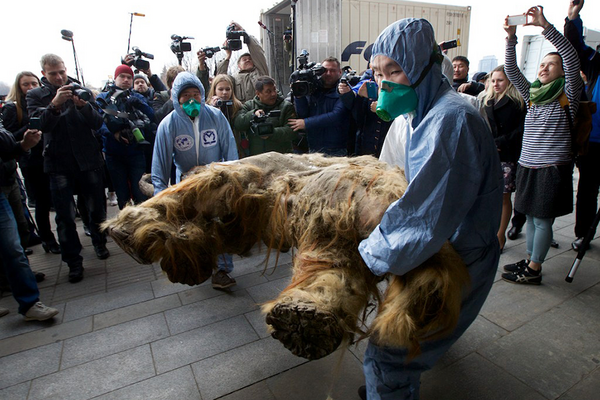 10,000-year-old lion cubs found frozen in Siberia offer link to distant past
10,000-year-old lion cubs found frozen in Siberia offer link to distant pastThe cubs were found in the Sakha-Yakutia region of Siberia, which has proved fertile ground for discoveries of mammals frozen in time during the last ice age period, tens of thousands of years ago.
- Rosetta spacecraft detects molecular oxygen on comet
The European Space Agency's Rosetta spacecraft has detected dioxygen streaming from comet 67P/Churyumov-Gerasimenko, a finding that challenges our current models of our early solar system.
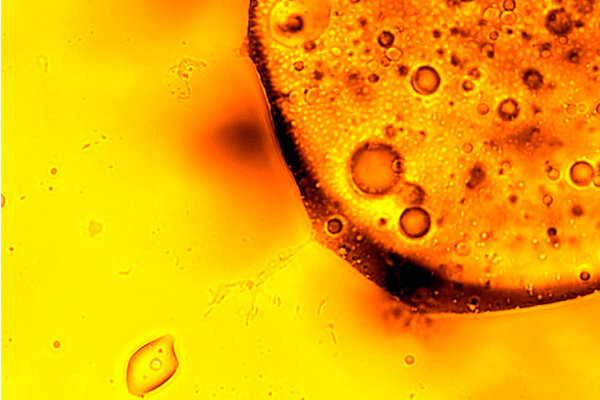 First LookAs climate changes, scientists call for unified, bigger view of tiny microbes
First LookAs climate changes, scientists call for unified, bigger view of tiny microbesUnderstanding microbes could be key to better crop production as the available arable land shrinks. But scientists say they need to find better ways to collaborate across borders.
 Gender equality in space? Russia's all-female practice mission to the moon
Gender equality in space? Russia's all-female practice mission to the moonA group of Russian women embarked on an all-female mock moon mission on Wednesday, and officials say the experiment is a step toward correcting gender imbalance in Russia's space missions.
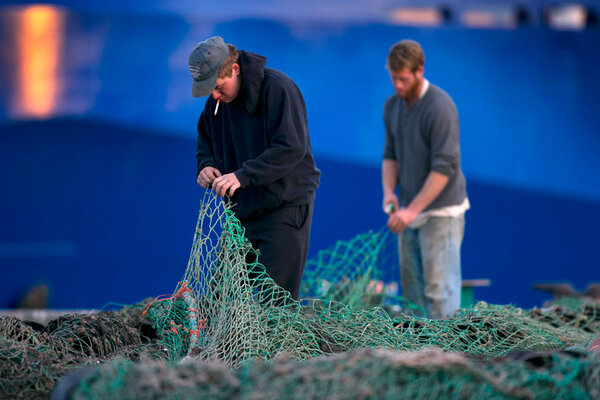 Fishermen obeyed their quotas, so why did Maine cod stocks collapse?
Fishermen obeyed their quotas, so why did Maine cod stocks collapse?Gulf of Maine cod are down to just 4 percent of a sustainable population, say experts. A recent study from the Gulf of Maine Research Institute explains why.
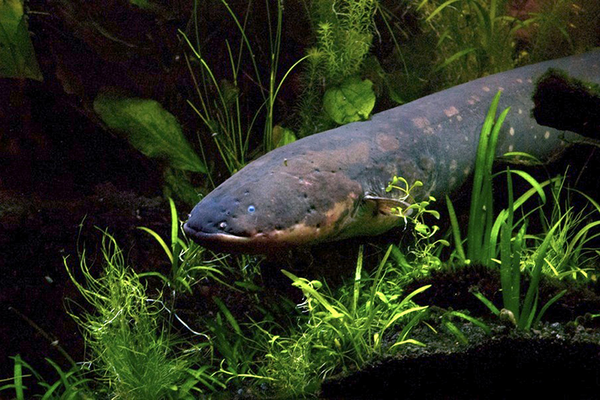 Electric eels' secret weapon: Curl before shocking prey
Electric eels' secret weapon: Curl before shocking preyYoung eels curl into a horseshoe shape to double their shock value when incapacitating large, unwieldy prey, according to a Vanderbilt University experiment.
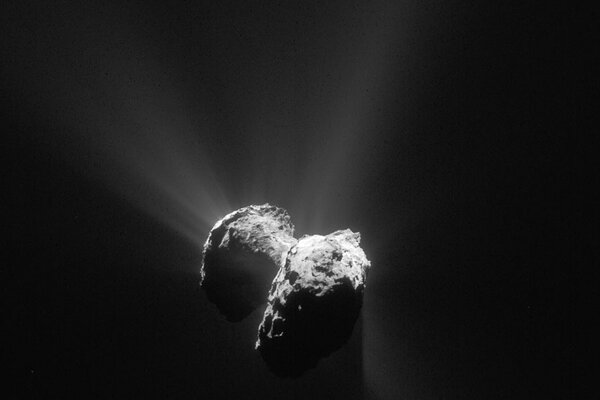 First LookOxygen found around comet may make us rethink our entire solar system
First LookOxygen found around comet may make us rethink our entire solar systemEvidence of oxygen on a comet is exciting because it is crucial in scientists’ search for life on other planets, although the presence of oxygen doesn’t necessarily guarantee life.
- Spotted: A disk of young stars near the center of the Milky Way
Astronomers have detected a group of young stars near the center of our galaxy lies, a region long thought to be populated with older stars.
 Flyby of intriguing Saturn moon shows how search for life is evolving
Flyby of intriguing Saturn moon shows how search for life is evolvingThe Cassini probe zipped through the icy plumes of Enceladus Wednesday, looking for evidence that the moon's hidden sea is habitable. The search for life in the solar system is increasingly pointing to new and less-accessible destinations.
 Egypt finds way to make salt water drinkable with half the energy
Egypt finds way to make salt water drinkable with half the energyEgyptian researchers have discovered a new way to desalinate and clean water that uses less than half the energy of comparable desalination techniques, which could make it cheap enough to help developing countries.
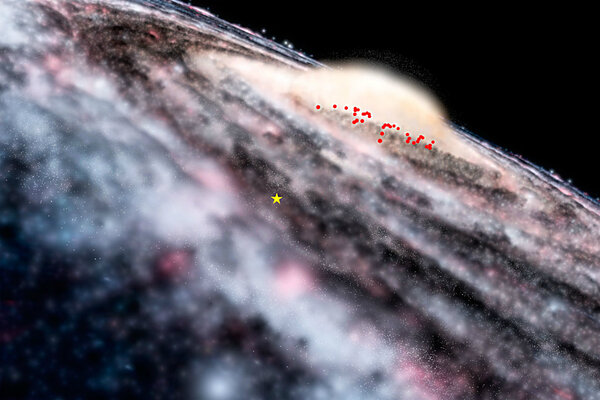 First LookAstronomers discover new disk of young stars at heart of Milky Way
First LookAstronomers discover new disk of young stars at heart of Milky WayAstronomers have found a disk of young stars across the center of the Milky Way, a feature previously unknown to scientists.
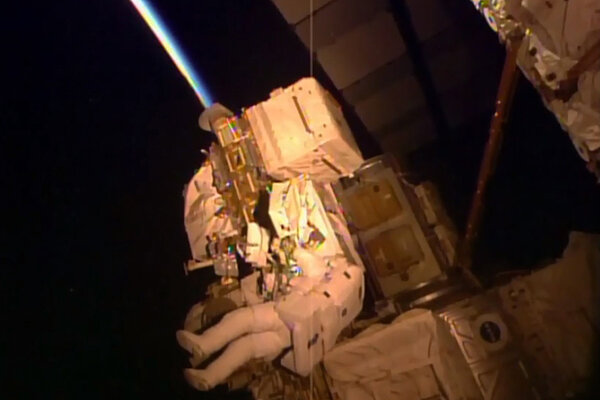 First LookSpace station astronauts' latest challenge: How to park space taxis
First LookSpace station astronauts' latest challenge: How to park space taxisIn today's spacewalk, astronauts prepare electrical systems for space taxi parking berths.





















